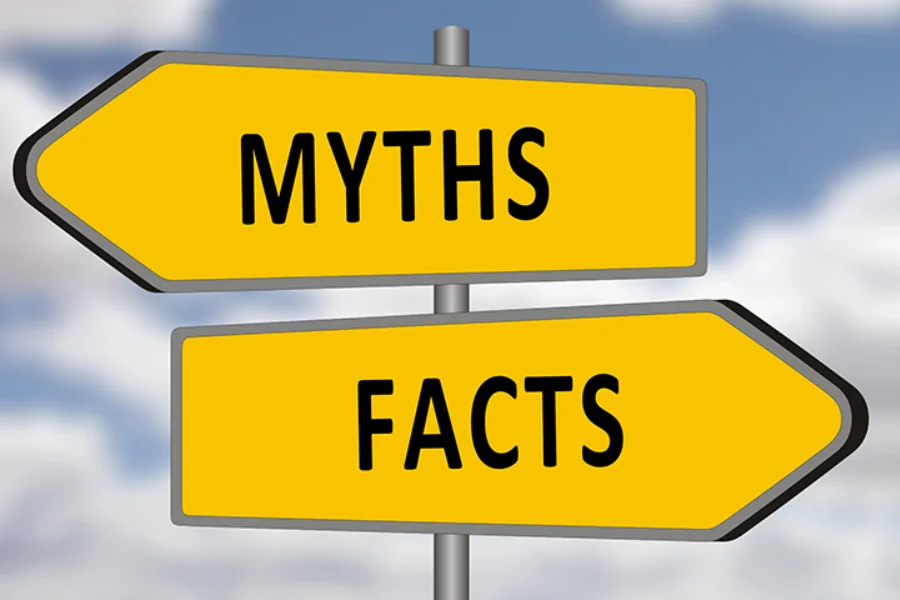5 Common Motor Insurance Myths Debunked

motor insurance myths
Motors are a ubiquitous part of our lives. Whether it’s the car we drive, the appliances in our homes, or the machinery in our workplaces, motors are everywhere. But have you ever stopped to think about motor insurance? Understanding motor insurance is essential for anyone who drives a vehicle, but there are many myths and misconceptions about it. In this comprehensive guide, we will debunk five common motor insurance myths and provide you with the facts you need to know.
Myth #1: The color of your car affects your insurance premium
Many people believe that the color of their car affects their insurance premium. The theory is that red cars are more likely to be involved in accidents, so they are more expensive to insure. However, this is a myth. The color of your car has no bearing on your insurance premium.
Your insurance premium is determined by a variety of factors, such as your age, driving record, and the make and model of your car. The color of your car is not one of these factors. So, whether your car is red, blue, or green, it won’t affect your insurance premium.
Myth #2: Comprehensive insurance covers everything
Comprehensive insurance is a type of motor insurance that covers a wide range of risks, such as theft, damage caused by natural disasters, and damage caused by vandalism. However, comprehensive insurance does not cover everything.
For example, if you are in an accident that is your fault, comprehensive insurance will not cover the cost of repairing your car. Instead, you will need to have collision coverage. Collision coverage will cover the cost of repairing your car, regardless of who is at fault in the accident.
Myth #3: Your insurance covers other drivers who borrow your car
Many people believe that their insurance covers other drivers who borrow their car. However, this is not always the case. If you lend your car to someone and they get into an accident, your insurance may not cover the damages.
Most insurance policies have a clause that limits coverage to the named insured and listed drivers. If someone borrows your car and is not listed on your policy, they may not be covered in the event of an accident.
Myth #4: Your insurance rates will automatically increase after an accident
Many people believe that their insurance rates will automatically increase after an accident. However, this is not always the case. Whether or not your rates increase depends on a variety of factors, such as the severity of the accident and who was at fault.
If you were at fault in the accident and the damages were significant, your rates may increase. However, if the damages were minor and you were not at fault, your rates may not increase.
Myth #5: You don’t need insurance if you’re a safe driver
Some people believe that they don’t need insurance if they are a safe driver. However, this is a dangerous myth. Even safe drivers can get into accidents, and if you don’t have insurance, you could be liable for thousands of dollars in damages.
In addition, most states require drivers to have a minimum amount of liability insurance. If you are caught driving without insurance, you could face fines, license suspension, and even jail time.
Debunking the motor insurance myths with facts and statistics
Now that we’ve debunked these five common motor insurance myths, let’s take a look at some facts and statistics about motor insurance. According to the National Association of Insurance Commissioners, the average cost of motor insurance in the United States is $935 per year.
The cost of motor insurance varies depending on a variety of factors, such as your age, driving record, and the make and model of your car. For example, young drivers and drivers with a poor driving record are typically charged higher premiums than older drivers with a clean driving record.
How to find the best motor insurance for you
Finding the best motor insurance for you can be a daunting task, but it doesn’t have to be. Here are some tips to help you find the best motor insurance for your needs:
- Shop around: Don’t settle for the first insurance company you find. Shop around and compare rates from different companies.
- Ask for discounts: Many insurance companies offer discounts for things like good driving records, multiple cars, and safety features on your car.
- Review your coverage: Make sure you have the right coverage for your needs. If you have an older car, you may not need comprehensive coverage.
- Consider your deductible: Your deductible is the amount you have to pay out of pocket before your insurance kicks in. A higher deductible can lower your premium, but it also means you will have to pay more if you are in an accident.
Tips for saving money on your motor insurance premium
Motor insurance can be expensive, but there are ways to save money on your premium. Here are some tips:
- Increase your deductible: As mentioned earlier, raising your deductible can lower your premium.
- Bundle your insurance: Many insurance companies offer discounts if you bundle your motor insurance with other types of insurance, such as home insurance.
- Drive less: Some insurance companies offer discounts if you drive less than a certain number of miles per year.
- Maintain a good driving record: A good driving record can lead to lower premiums.
Conclusion: The importance of understanding motor insurance and debunking myths
Understanding motor insurance is essential for anyone who drives a vehicle. However, there are many myths and misconceptions about motor insurance that can be confusing. By debunking these myths and providing you with the facts you need to know, we hope to help you make informed decisions about your motor insurance.
Remember to shop around, ask for discounts, and review your coverage to find the best motor insurance for your needs. And always remember that even if you’re a safe driver, you still need insurance to protect yourself and others on the road.








